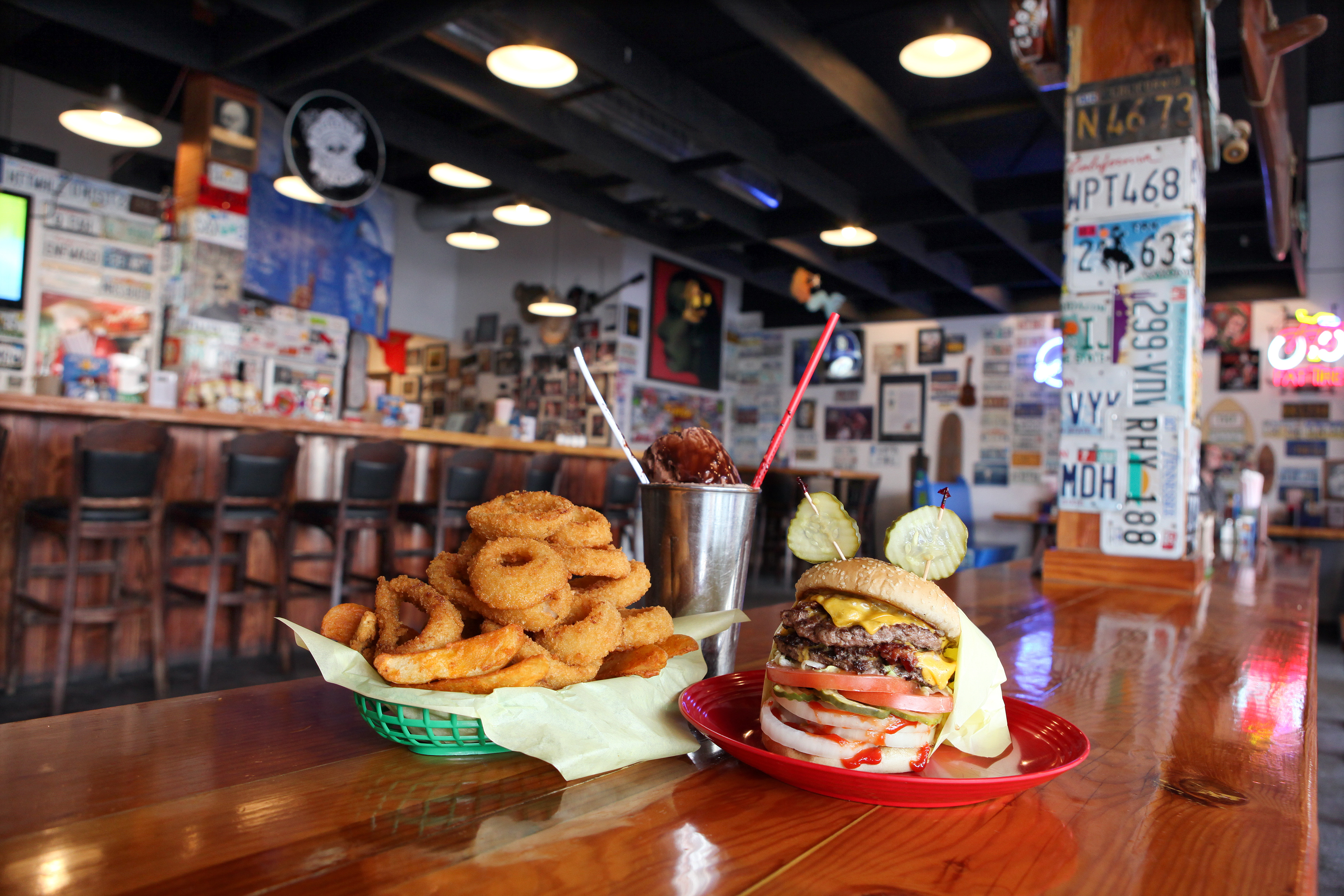San Diego burger joint saves electricity with LED lighting


That's why the ability to dim lights for ambiance is a big deal, and one that has made it difficult for food service companies to use LED technology in the past. Most lighting in restaurants is still the incandescent sort, which is a tremendous waste of electricity.
That's why San Diego Gas & Electric's Emerging Technologies Program figured that a popular burger joint planning to open a second location would be a good place to test out the energy and cost savings implications of LED lighting.
That restaurant, Hodad's, agreed to be part of an SDG&E demonstration program that outfitted its second location with dimmable LED lighting technology. It got the fixtures for free, in exchange for agreeing to share its data with the utility.
Mike Hardin, owner of the second-generation small business, said even though the second location is about twice the size of his original restaurant, the LED technology has helped keep the electricity bills about the same size. When he was building the second location, his contractor suggested LED lights and got Hardin hooked up with the SDG&E demonstration project.
"Lighting is super important as something you should address," Hardin said. "You don't realize how much you use it in everyday life."
Ted Reguly, director of customer programs and assistance at SDG&E, said that the utility's long-term vision is to figure out how it can recommend energy-efficiency projects such as the Hodad's installation to other restaurants and companies in the hospitality industry. Aside from dimming features, another technology that the utility believes will be especially compelling for these businesses is motion detectors that automate when lights are on or off (or perhaps dimmed or undimmed).
"We need to get input about reliability and satisfaction with the technology," he said.
At Hodad's, there haven't been any positive comments yet about the ambiance, Hardin said. But there haven't been any negative ones, either, which in his mind means the LED experiment is working as expecting.